
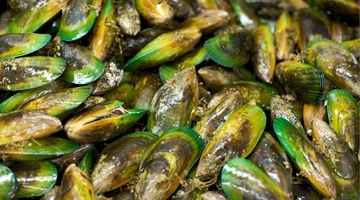
Green-lipped mussels (kūtai, Perna canaliculus) are endemic to New Zealand. Discover how these mussels are farmed, and how a tiny parasitic crab affects the mussel industry. New Zealand’s unique ...
READ MORE
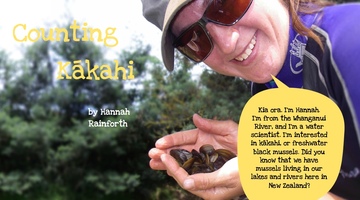
In this Connected article scientist Hannah Rainforth investigates kākahi, Aotearoa New Zealand’s threatened freshwater mussels in the Whanganui River, to find whether the evidence supports claims ...
READ MORE
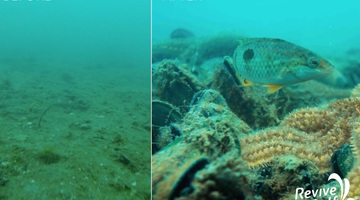
Mussels are bivalve molluscs. New Zealand has 22 species of mussel including the blue mussel (kuku), little black mussel (hauea) and the ribbed mussel (pukanikani). Depending on the species ...
READ MORE

This activity explores the life cycle of green-lipped mussels and encourages students to research the methods by which they are farmed in New Zealand. It provides the opportunity to use a Venn ...
READ MORE

In this activity, students observe green-lipped mussels to determine the impact of pea crab infestation on their size and weight. Purpose This activity will enable students to identify key ...
READ MORE

In this activity, students play a card game that models the journey of a male pea crab (a parasite of green-lipped mussels) from his mussel host and back again. Purpose This activity will help ...
READ MORE
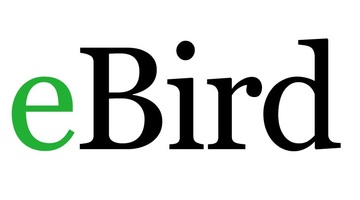
This comprehensive worldwide online citizen science (OCS) project collates bird species, numbers, locations and times of sightings into a large database. You can create a class as a user and, by ...
READ MORE
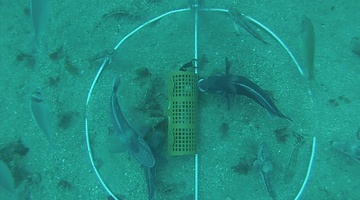
Come and visit Aotearoa New Zealand’s underwater world in this online citizen science project. Discover, count and identify unique fish species that live within our marine reserves ...
READ MORE
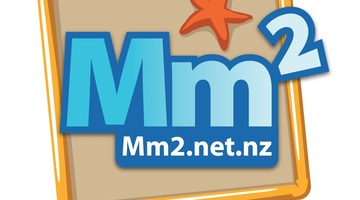
Marine Metre Squared is a New Zealand citizen science project that supports communities to monitor their local seashore. The project has been designed to provide meaningful, valid environmental ...
READ MORE
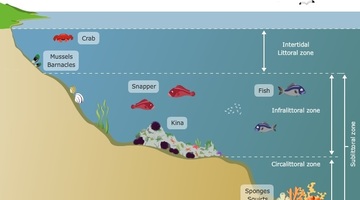
The rocky shore is a popular topic in primary school science. Below are some Science Learning Hub resources for primary teachers related to the rocky shore in the Living World strand of the New ...
READ MORE
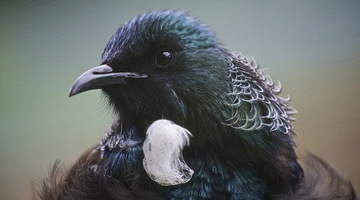
New Zealand is well known for its unique bird life. Our endemic birds evolved in an isolated, island environment. The arrival of people, the deliberate and accidental introduction of mammalian ...
READ MORE

Students carry out a practical investigation to help AgResearch scientists monitor the spread of Microctonus aethiopoides (a tiny wasp) and its success as a biocontrol agent for clover root ...
READ MORE
Oliver Trottier (Leigh Marine Laboratory) set out to test whether pea crabs use pheromones at mating time. In this video, Oliver talks us through his experimental set-up. He demonstrates how male ...
READ MORE
Scientists at Leigh Marine Laboratory, including Oliver Trottier, are investigating biocontrol approaches that could limit pea crab infestation on green-lipped mussel farms. In this video, Oliver ...
READ MORE
This video is a brief introduction to the restoration of mussel reefs in the Hauraki Gulf. The reefs enhance water quality and promote marine life diversity. It was produced by Revive Our Gulf ...
READ MORE
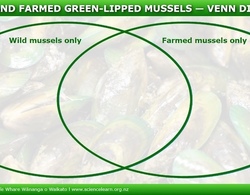
Use this interactive to illustrate the key similarities and differences between how wild and farmed green-lipped mussels live. Place each label where you think it belongs. This activity can be ...
READ MORE

Mussel reefs are biodiversity hotspots.
READ MORE
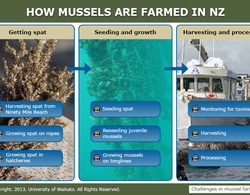
Green-lipped mussels are New Zealand’s major aquaculture species. In this interactive, Professor Andrew Jeffs (Leigh Marine Laboratory) describes the key stages in farming green-lipped mussels ...
READ MORE